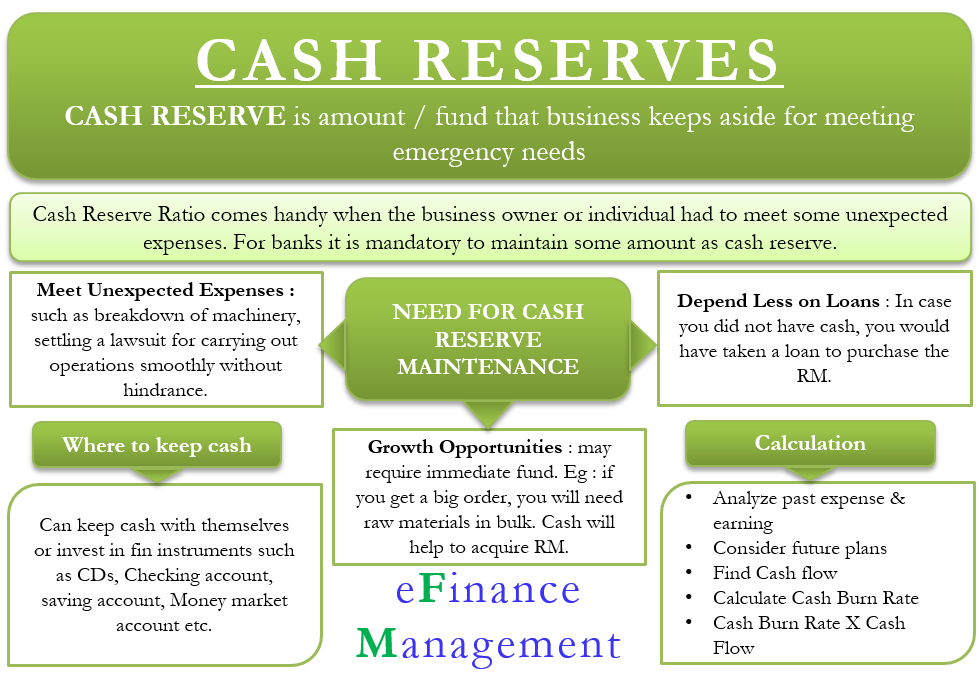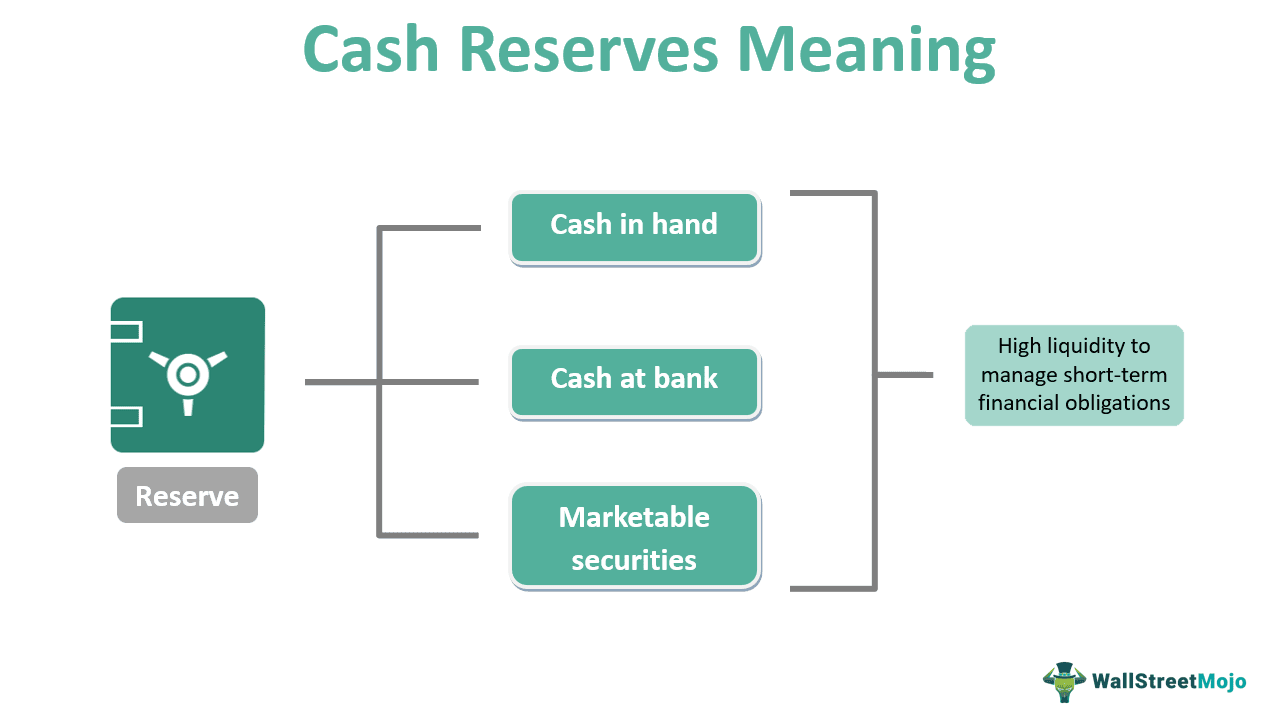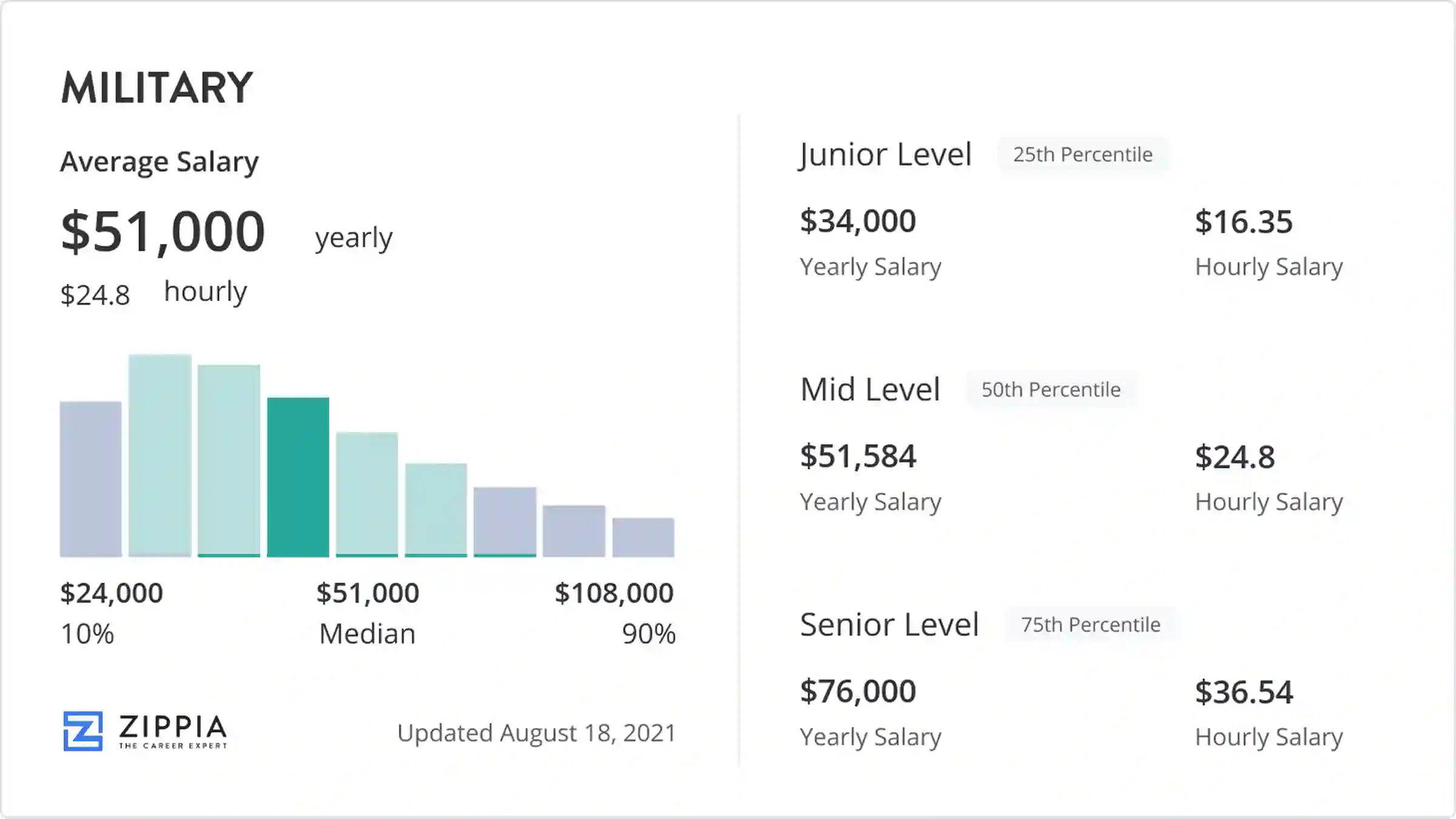How Much Money Do You Make In The Reserves

The call of duty, coupled with the promise of financial stability, draws many to the Reserve components of the U.S. military. But deciphering the actual earnings potential in the Reserves can be a complex and often misunderstood process. How much do reservists really make, and how does it stack up against the demands of service?
This article delves into the financial realities of serving in the Reserves, exploring the multifaceted pay structure, drilling pay, annual training compensation, and the often-overlooked benefits that contribute to the overall package. By examining official pay charts, expert analyses, and real-world examples, we aim to provide a comprehensive understanding of the Reserve's financial landscape.
Understanding Basic Pay in the Reserves
The foundation of a reservist's income is their basic pay, calculated based on their rank and years of service. This pay mirrors the active-duty pay scale but is distributed differently, reflecting the part-time nature of Reserve service.
Reservists typically participate in one weekend of training per month, referred to as drill, and a two-week annual training period. During these periods, they receive basic pay equivalent to their active-duty counterparts of the same rank and experience.
For instance, according to the 2024 pay charts, an E-5 (Sergeant) with four years of service earns a monthly basic pay of roughly $3,300 on active duty. A reservist of the same rank and experience would receive approximately 1/30th of that amount for each drill day and 1/30th for each day of annual training.
Drill Pay: The Monthly Stipend
Drill weekends are the cornerstone of Reserve training and provide a consistent source of income. A standard drill weekend consists of four drill periods, usually spread across two days.
Each drill period equates to one day of active-duty pay, meaning a reservist effectively earns four days of pay for a standard drill weekend. This consistent monthly income can be a significant supplement to civilian earnings.
However, it’s important to note that drill pay is subject to federal and state taxes, impacting the net income a reservist receives.
Annual Training: A Concentrated Pay Period
Annual training, typically lasting two weeks, represents a concentrated period of active-duty service and, consequently, a more substantial paycheck. This period is crucial for maintaining readiness and honing skills.
During annual training, reservists receive full active-duty pay, allowances, and benefits. This can provide a significant boost to their annual income.
The total compensation for annual training depends heavily on the reservist’s rank, years of service, and any applicable special pay or allowances.
Beyond Basic Pay: Allowances and Special Pay
Beyond basic pay, reservists may be eligible for various allowances and special pay, further increasing their earnings potential. These can include housing allowances, if activated for extended periods, and hazardous duty pay, if assigned to specific roles.
The Selective Reserve Incentive Program (SRIP) offers bonuses to individuals enlisting in specific critical skills areas. These bonuses can range from several thousand dollars to tens of thousands, depending on the needs of the military.
Furthermore, reservists may be eligible for education benefits, such as the Montgomery GI Bill, which can significantly offset the cost of higher education.
Retirement Benefits and Long-Term Financial Security
Serving in the Reserves also contributes to a reservist’s retirement benefits. Reservists earn points towards retirement eligibility based on their participation in drills, annual training, and other active-duty service.
A minimum of 20 qualifying years of service is required to receive retirement pay, which is calculated based on a percentage of their final base pay. This retirement income provides long-term financial security.
It’s important to understand that reservists cannot begin drawing retirement pay until they reach age 60, though this age may be reduced under certain circumstances, such as qualifying active duty deployments.
The Impact of Activation on Reserve Pay
Activation, whether for domestic emergencies or overseas deployments, significantly impacts a reservist's pay. While activated, reservists receive full active-duty pay and allowances, often leading to a substantial increase in income.
Activated reservists also gain access to a wider range of benefits, including healthcare coverage and life insurance, similar to their active-duty counterparts. The financial impact of activation varies depending on the length and nature of the deployment.
However, the disruption to civilian careers and the emotional toll of deployment must also be considered when evaluating the overall impact of activation.
Weighing the Financials Against the Commitment
Determining the financial value of serving in the Reserves requires a careful consideration of both income and commitment. While the pay and benefits can be substantial, especially during activation or for those with critical skills, it’s essential to balance these with the demands on time and personal life.
The Reserve component offers a unique blend of civilian life and military service, appealing to individuals seeking to serve their country while maintaining a career and family. Ultimately, the decision to join the Reserves is a personal one, requiring a thorough understanding of the financial implications and the demands of service.
As military needs evolve, so too may the compensation packages offered to reservists. Staying informed about pay updates, bonus programs, and available benefits is crucial for both current and prospective members of the Reserve components. The Department of Defense regularly updates its pay charts and benefit information, serving as the primary source for accurate and up-to-date details on Reserve compensation. Further exploration of specific Reserve components and their associated roles can also reveal additional incentive programs or opportunities for specialized training and compensation.



:max_bytes(150000):strip_icc()/how-to-calculate-how-much-you-make-an-hour-454021-v2-5b4772dec9e77c00377eead8.png)














